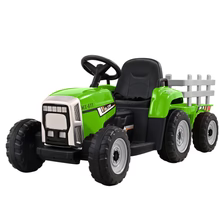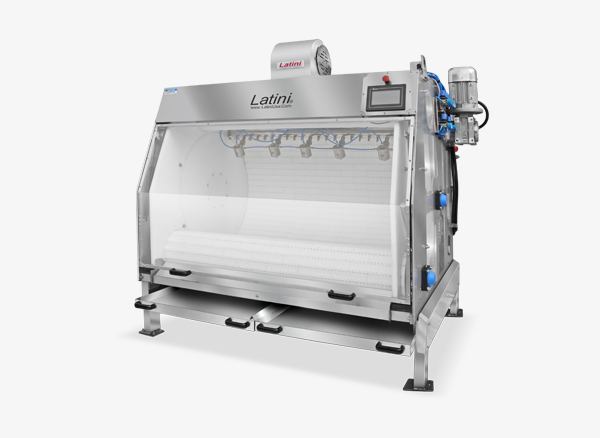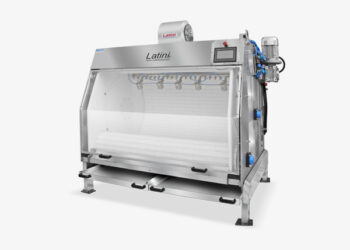Play is an essential part of a child’s development, and ride-on toys like tractors provide a unique opportunity for learning through play. While providing hours of amusement, these small-scale vehicles also deliver a variety of educational advantages. This article explores how a ride-on kids tractor can be a valuable tool for early childhood education.
Motor Skills Development
Riding a tractor toy involves using various motor skills, which are crucial for a child’s physical development. Here’s how ride-on tractors contribute to motor skills development:
Gross Motor Skills: Riding a tractor requires children to use their large muscle groups for tasks like pedalling, steering, and maintaining balance. These actions help improve coordination and build strength.
Fine Motor Skills: Some ride-on tractors have interactive features such as buttons, levers, and movable parts. Engaging with these elements helps children refine their fine motor skills by encouraging precise finger movements and hand-eye coordination.
Spatial Awareness and Problem-Solving
As kids ride their toy tractors, they must navigate obstacles, turn corners, and make decisions about where to go. This process enhances their spatial awareness and problem-solving skills. It encourages them to think critically about how to maneuver the tractor to reach their destination, fostering spatial reasoning abilities that are valuable in many aspects of life.
Imaginative Play and Creativity
Ride-on tractors provide children with the opportunity to engage in imaginative play. They can pretend to be farmers tending to their crops, construction workers operating heavy machinery, or explorers venturing through uncharted territories. This imaginative play nurtures creativity and storytelling skills, allowing children to invent their narratives and scenarios.
Conceptual Learning
Ride-on tractors can also support early conceptual learning. Here’s how they contribute to this aspect of education:
Math Concepts: Children can learn basic math concepts like counting, sequencing, and measuring as they play with ride-on tractors. They might count the number of pedals it takes to reach a particular spot or compare the sizes of different toy vehicles.
Spatial Concepts: Through hands-on experience with ride-on tractors, kids develop a deeper understanding of spatial concepts like distance, direction, and location. They learn about concepts like forwards, backward, left, and right as they navigate their toys.
Language Development
Engaging in imaginative play with ride-on tractors often involves verbal communication. Children may engage in conversations with their peers or caregivers as they play, helping to develop their language skills. They learn new words related to farming, construction, or exploration, expanding their vocabulary.
Social Skills and Cooperation
Ride-on tractors can also be used for cooperative play, encouraging children to interact and collaborate with others. Collaborating on the tractor, sharing, and taking turns or working together toward a shared objective helps produce crucial social skills like collaboration, communication, and empathy.
Safety and Responsibility
Riding a kids tractor toy can teach children about safety and responsibility. Parents and caregivers can set guidelines for using the toy, including wearing helmets and observing traffic rules in designated play areas. These rules instil a sense of responsibility and safety awareness in young riders.
Conclusion
Ride-on tractors are more than just toys; they are valuable tools for early childhood education. Through play, children develop essential motor skills, spatial awareness, problem-solving abilities, and creativity. They also gain conceptual knowledge in math and language, foster social skills, and learn about safety and responsibility. As parents and educators, it’s essential to recognise the educational potential of ride-on tractors and encourage children to explore, learn, and grow through play. These toys not only provide hours of entertainment but also lay the foundation for a child’s cognitive, physical, and social development, making them a valuable addition to any learning environment.


























